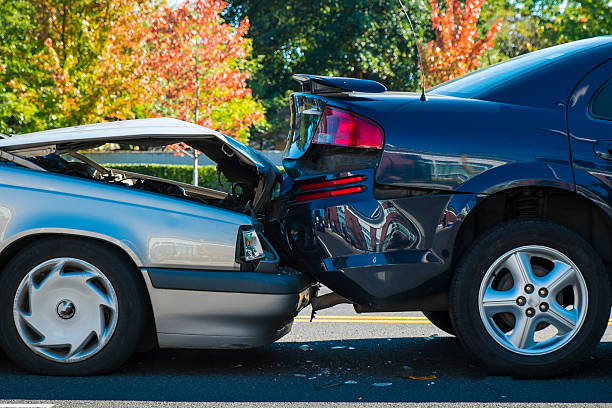If you have been involved in an auto accident, you may have questions about types of liability. Even if you did not suffer any physical injuries, a car accident’s emotional and financial turmoil could be devastating. If your insurance company does not cover all your costs, it is essential to know what types of liability to make a claim effectively. The following is a breakdown of each type.
Table of Contents
Negligence Liability
This is the most common form of liability for car accidents. If someone were to be careless and cause an accident, it is negligence. This is because the person was driving or operating their vehicle negligently, which led to the accident. For example, a driver could be talking on the cell phone or text messaging or not paying attention to the road. No matter how insignificant it may seem, if a driver is distracted and causes an accident, this could be considered negligence because of the carelessness involved.
Strict Liability
This is another common type of liability. Here, the person causing harm is not responsible for any damages. For example, if a drunk driver gets into an accident, they are not held accountable as their actions were not reckless nor careless. Once the car was involved in an accident, it was up to the drunk driver to avoid the accident altogether.
Vicarious Liability
This is when the person causing harm is not responsible for their actions. However, the person is also liable for certain damages through some circumstances. For example, if one of your employees breaks into your home and ransacks your things, you have the right to go after that employee as their actions caused the damages.
Intentional Harm
If a car accident results from someone not keeping their end of the bargain in their insurance contract, this person could be liable for damages. If the person committing an act is acting with malicious intent to cause harm to another person or damage to property, there is a liability. The malicious intent is what makes this such a serious issue.
Public Policy
In this type of claim, a special law protects someone from being held liable in a lawsuit. For example, states may have an insurance law that says one should always wear a seatbelt when riding in their car. If someone does not wear a seatbelt, state law will indicate that the driver should be held responsible for all damages even if they were not negligent.
Unintentional Harm
Unintentional harm is similar to accidental harm. The difference between the two is that the person causing the injury did so unintentionally and with bad intentions. In other words, the person did not mean to cause harm. However, because of their negligence and carelessness, the person did cause damage.
Reasonable Man Standard
In most states, an accident is considered negligent if an ordinary person in that situation would have seen an obvious danger and avoided it or did something to protect people from it. The problem arises when one asks what an ordinary person would have done in that situation. There are hundreds of different situations where one could find oneself behind the wheel.
No one wants to get into a car accident. However, unfortunately, it can happen. When this does happen, the aftermath can be highly traumatic and stressful. Many people do not realize that the trauma does not end when your car has been towed away. It is not until you have talked to an attorney about your situation. You need to receive some guidance so that you can start making sense of what happened.






